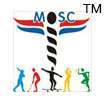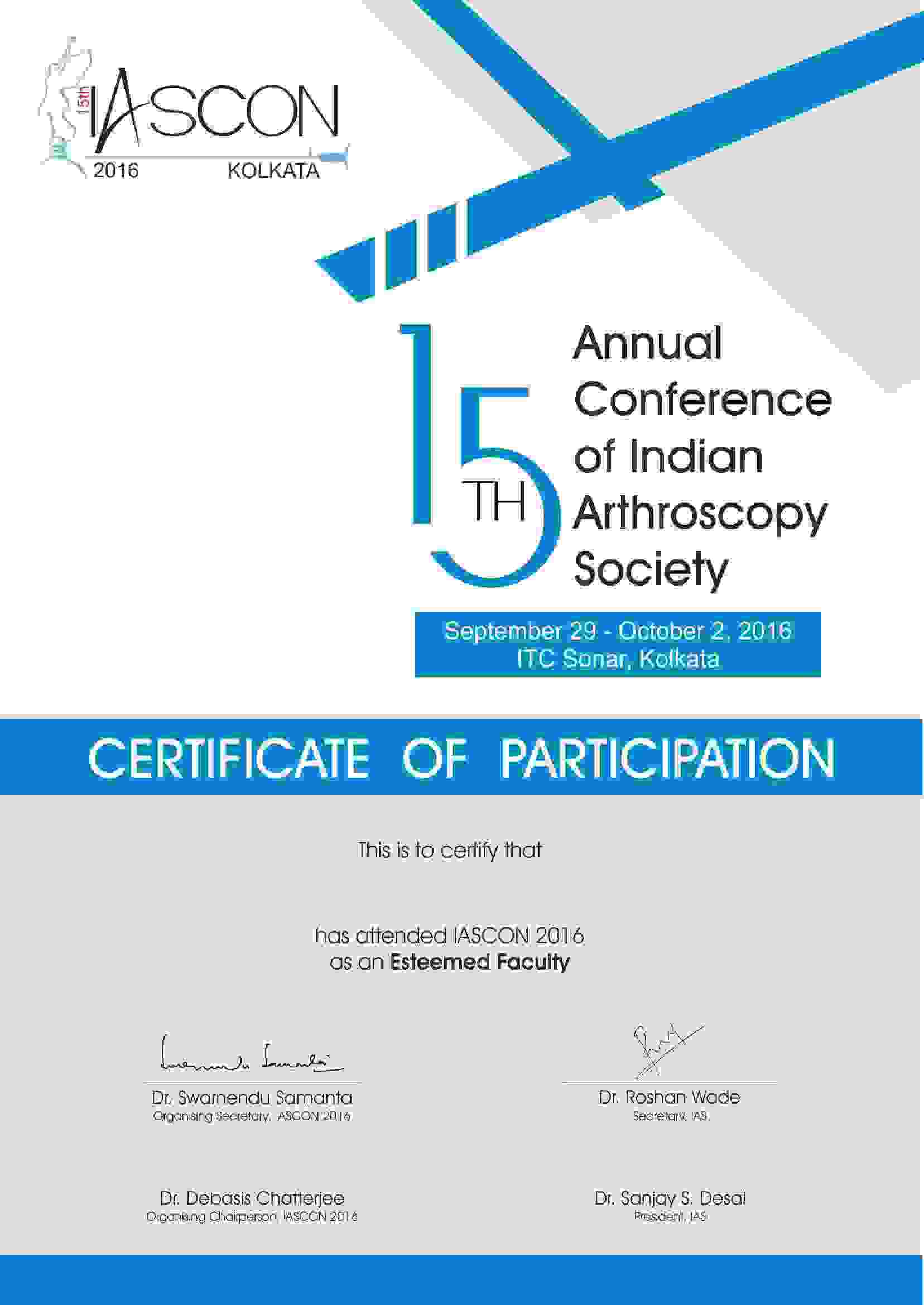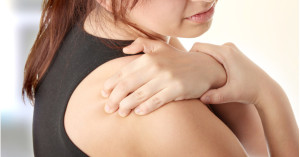Getting a shoulder scopy done? Here’s what you should know.
Requires elaborate positioning
As you can see in the picture, shoulder arthroscopy requires a more elaborate setup than knee arthroscopy. I like to do it in the lateral (side lying position). Some surgeons also do it in the beach chair (sitting) position. The results are similar, whatever position it is done in, it is just the preference of the surgeon.
Shoulder swelling
In order to see inside the joint properly, we need to use a machine called the pump. It pushes fluid under pressure so that we get a few millimeters of extra space to see inside the joint. A radiofrequency device is essential to control bleeding within the joint. The use of these devices causes some swelling in the shoulder immediately after the surgery, that subsides on its own the very next day.
Shoulder stiffness
The shoulder will feel a little stiff after the procedure & this may persist for a week or longer, depending on which procedure was done. Most shoulder arthroscopies require the use of a sling after the surgery to rest the arm.
Shoulder soreness
Pain is commonly felt after a shoulder arthroscopy & is mainly related to the use of the fluid pump. In order to combat it, most hospitals have pain management services, wherein you are given pain blocks to control post-operative pain.
In a nutshell:
- Swelling
- Stiffness
- Soreness
are a part & parcel of shoulder scopes & one should not worry too much if they happen. There are ways to get over it.
ICU
Sometimes, it may be necessary to keep the patient in an ICU for a day. Generally elderly patients require ICU stay, mainly for observation & better control of pain. As such shoulder arthroscopy is a safe procedure with a predictable recovery. Being more elaborate in nature than knee arthroscopy, the recovery follows a different path than a usual knee arthroscopy.











